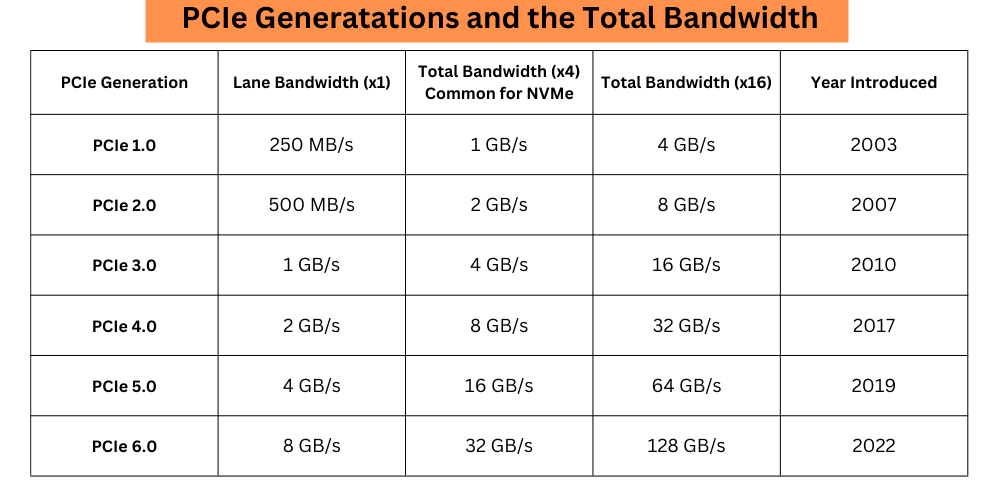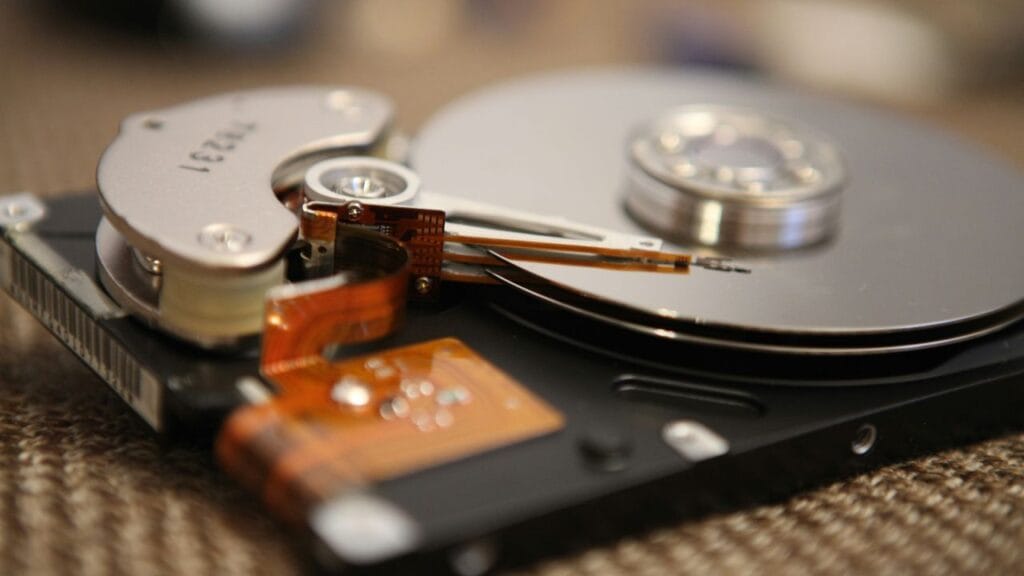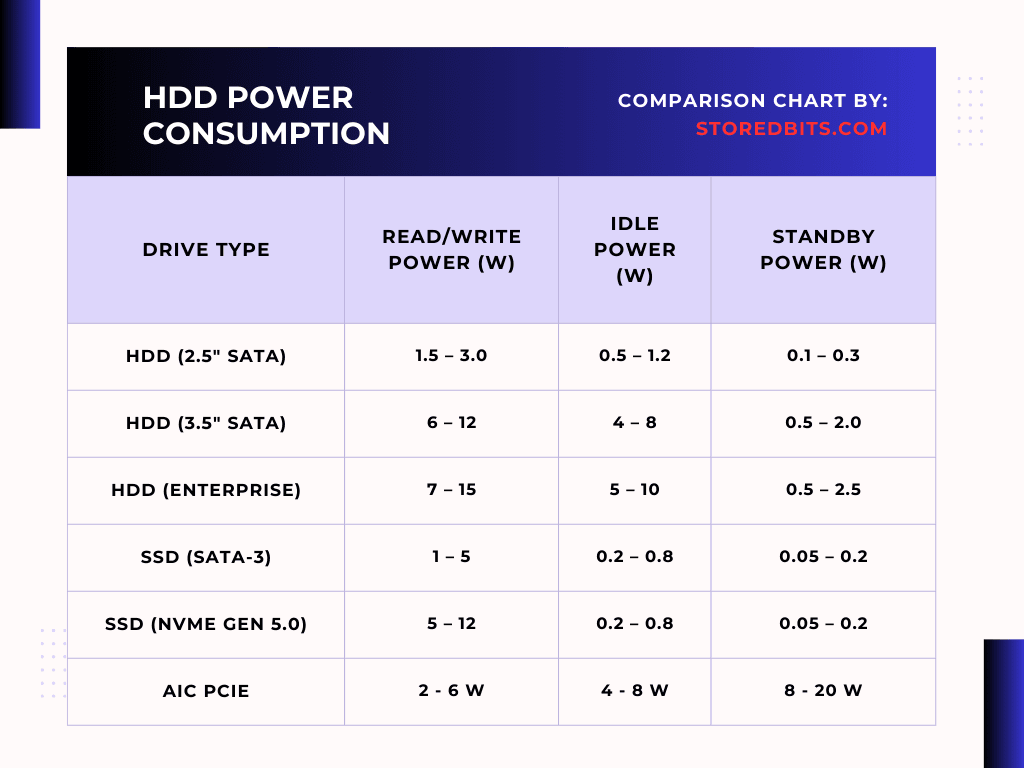Because NVMe SSDs use the PCIe interface for data transmission, their connection depends on whether the PCIe allows them or not. Because, the PCIe interface is firmware and backward compatible with different PCIe generations, a Gen 3.0 NVMe will work in a Gen 3.0 NVMe slot. You can learn more about the difference between NVMe and PCIe here.
The NVMe drives are also forward and backward-compatible. So, there would be no issues using any NVMe SSD on any generation NVMe slot.
To work on a computer, the NVMe SSDs require a slot (typically M.2 or U.2). These slots must have at least 4 PCIe lanes allocated to them to offer the maximum bandwidth to the drive.
Then, the slot must have the NVMe protocol which also should be supported by the operating system. If your system is offering all these things to a drive, it will work without any issues.

Meaning of “Generation” in NVMe SSDs
The full name of an NVMe SSD is M.2 PCIe NVMe SSD. M.2 is the form factor describing the physical aspects of that drive. PCIe is the interface by through which the data is sent and received from and to the SSD. NVMe is the protocol used by the SSD controller and the OS to streamline data transmission and enhance performance using the power of parallelism.
The generation work comes from the PCIe interface. Because the PC components are getting faster and faster, the channel through which the data goes from the CPU to other expansion cards must be faster. So, the PCIe keeps improving its speeds with the new generations. PCIe 5.0 generation is the most popular now but the 6.0 generation has also been launched.
So, the word generation indicated the amount of bandwidth and throughput allowed to our devices. With the higher generation, more of these are offered. The latency is reduced and transmission gets much faster.
In SSDs, generation indicates the SSDs’ compatibility with the higher PCIe motherboard, CPU, and M.2 PCIe ports. If your SSD supports PCIe generation 5.0, it means it will offer its best speed with the system and port with 5.0 compatibility.

Meaning of x4, x8, and x16 lanes of PCIe in SSDs
Most NVMe SSDs would demand an M.2 NVMe port with at least 4 lanes of PCIe lanes in order to offer its best performance. However, some SSDs with higher speeds may demand more lanes. In your SSD’s datasheet, box, or official page, you can check the required number of lanes.
For example, if your SSD asks for 8 PCIe lanes and you install it into an NVMe port with just 4 lanes, the SSD will deliver half of its maximum read/write speed.
One PCIe lane is a dual-way path for data transmission and reception. Both lanes can work at the same time simultaneously. So, if your drive needs 4 PCIe lanes, it would work at its best using the same number of lanes. The same goes for graphics cards, Wi-Fi Cards, and other expansion cards that connect to the PCIe slots.
Generally, the top-most ports on the motherboard which are located near the CPU have the most amount of lanes and hence the highest bandwidth. So, if your CPU and motherboard both support PCIe 4.0 generation, the topmost M.2 slot will give the best bandwidth to your drive.
How does NVMe SSDs interact with the system?
The NVMe SSDs connect to the motherboard with the help of a PCIe interface on the physical level. The real interaction is controller more by the software side. The physical lanes are provided by the PCIe, as we discussed above. However, the data transmission is handled by the NVMe.
NVMe can be called a protocol that decides how the data transmission will work between the SSD and the system. It is a software-level protocol that works inside the controller as a protocol and on the operating system as an NVMe driver.
It sets some rules for data transmission which are adhered to by the whole system. Because SSDs are capable of parallelism because of NAND Flash memory, NVMe makes the best use of it by allowing the system to utilize this high bandwidth. The queue depth increases to up to 65535 queues and each queue could handle up to 65535 commands. For comparison, the AHCI interface (with SATA) just had one command queue and up to 32 commands per queue.
In simple words, the NVMe SSDs interact with your computer through the PCIe interface on the M.2 port but the majority of the software things are handled by the NVMe protocol. NVMe is the software that allows SSDs to reach those high read/write speeds because of its advanced command queueing algorithms and overall efficiency.
Do PCIe generations matter?
Yes, PCIe generations matter when it comes to achieving the best possible performance from our components. These components could be graphics cards, RAID cards, Wi-Fi cards, SSDs, etc. If a PCIe 5.0 component is installed on a PCIe 4.0-supported system, its performance will get bottlenecked.
PCIe generations are also important to enhance PC performance over time. For the CPUs that support PCIe 5.0, the required bandwidth and the overall environment should be upgraded to its level. Without a proper connection with other components, the CPU won’t be able to give its best.
Are Gen 3.0 and Gen 4.0 NVMe ports the same?
Yes, a Gen 3.0 M.2 NVMe port and Gen 4.0 NVMe share the same port structure. The working and the connections will also be the same. It is just that because the generation has been upgraded, the allowed speed has increased with the upgraded port. Everything else including the port, physical compatibility, and software compatibility remains the same.
Will I get full Gen 3.0 NVMe speed on the Gen 4.0 port?
Definitely, you will have all the speed that your SSD can offer because you are actually allowed to use double the bandwidth that the requirements. The PCIe 4.0 can work at 2GB/s data transfer speed per lane. The PCIe 3.0, on the other hand, offers just 1 GB/s per lane. Your Gen 3.0 SSD can offer you performance within 4GB/s while the Gen 4.0 ports are designed to handle speeds up to 8GB/s. So, you will be able to get all the speed that your SSD can offer on a Gen 4.0 port but that port is actually made to handle much higher and better performance.
In computer hardware terms, this thing is called overkill because you are using slower components on a port that is designed for a much faster one.
I hope this helps!



